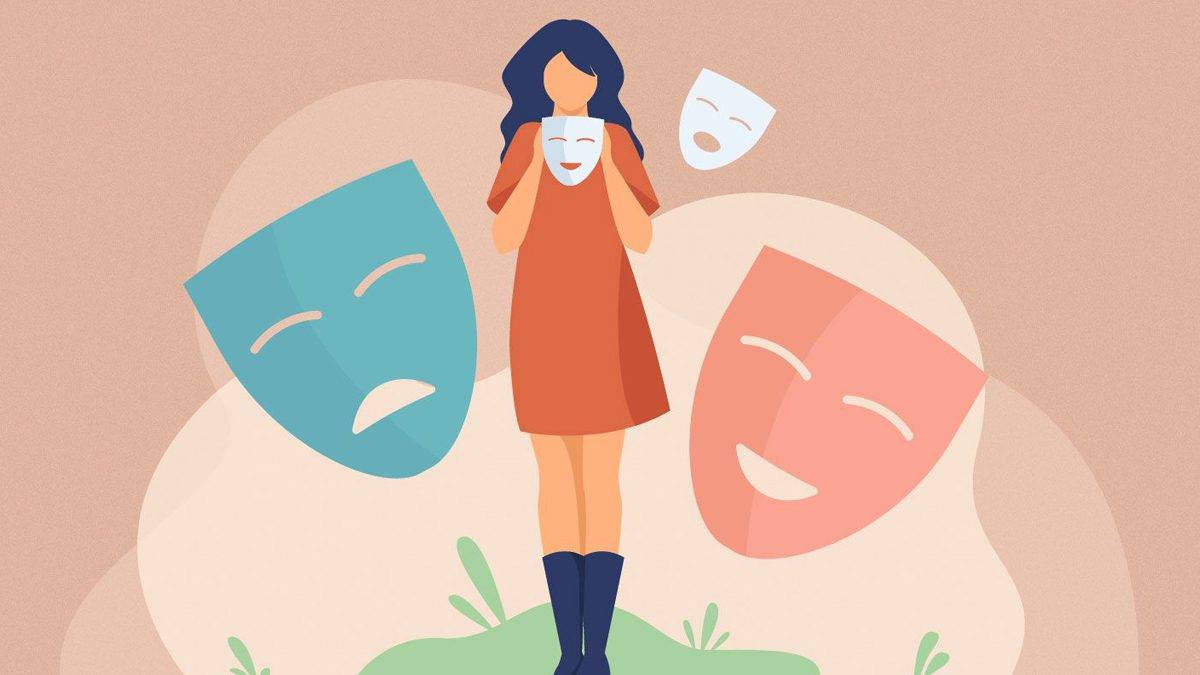Strawberries & Cream, Bipolar Teens & Weed: Which is The Winning Combo
Teenagers push the limits. It’s developmentally programmed.
As school-aged children, we tend to do as we are told. Then, with the development of new powers, cognition, sexuality, and abstract thinking, we begin to see the flaws in the society around us. We doubt what our Mom or Dad tells us, thinking that we know better. If our parents have problems or if the family lacks stability, like in a divorce, there are many opportunities to rebel.
Dr. Mark Banschick developed The Intelligent Divorce Project to help parents learn critical skills to get through divorce. Through an online course in his program The Intelligent Divorce Course(link is external), his books, radio podcasts, and guest blogs, Dr. Mark Banschick teaches how to regain healthy control, both with an ex-spouse and with one’s children. His work has been featured in Psychology Today, The New York Times, The Huffington Post, CNN.com, and Politico, as well as on The CBS Early Show.
Editor: Muhammad Talha
We find boundaries to break, particularly when it’s fun and friends are doing it too. So, when drugs are offered, it is not uncommon to experiment. The more oppositional, the more we test. The more impulsive, the more we test, and the more Mood Disordered, the more we test. It goes with the territory.
Bipolar and Substance Abuse: Wherever you go, if there are teenagers, you’ll find an abuse of drugs, whether it is in high schools or college campuses. Marijuana or cannabis is the most common drug, and most young people use it recreationally and are relatively unaffected. But there are subgroups of young people who are injuring themselves by indulging in substances like a weed. I would like to draw your attention to one subgroup, in particular, those with Bipolar Disorder or one of its variants.
Teenagers with Bipolar Disorder often use illicit drugs as a form of self-medication. So, while drug abuse is common among teenagers, consider the fact that some of our children may have pre-existing mood disorders that can make matters worse.
Bipolar disorder is characterized by dramatic changes in mood over hours, days, or weeks. Patients can feel depressed and weary and then swing to an expansive and grandiose mood out of nowhere. It’s what the psychological literature calls a manic or hypomanic episode. On both sides of the spectrum, kids are at risk to use drugs or alcohol.
Drug Use as an Attempt at Self Treatment: When they are depressed, marijuana can help them not think about their pain. Cocaine and Amphetamines can give them a jolt, and alcohol can numb them to the angst that is their life. When they are high, marijuana can slow everything down, and don’t forget that alcohol is an effective social lubricant.
Drug Use as a Result of Poor Judgment: When a teen is manic, he has no real judgment. The moment, right now, is all that counts. The drug that is in front of him is the drug he’ll generally use. I have seen bipolar teenagers abuse just about everything: LSD, ecstasy, heroin, mushrooms, PCP, marijuana, cocaine, meth, Oxycontin, and others. On college campuses, kids sometimes crush and snort the ADD medication, Adderall.
This combination of Bipolar Disorder and drug use is one of the toughest treatment cases that we psychiatrists have to deal with. It’s virtually impossible to treat a bipolar case when they’re abusing drugs.
The patient must become abstinent. This is because the drugs exacerbate the disorder or cover it up. Bipolar Disorder is treatable, and it’s not uncommon to have good success in treating these cases when the patient has agreed to drop their drug of choice. Then the process becomes giving them the standard treatment for Bipolar Disorder – medication to stabilize their moods and psychotherapy to help them understand and help prevent future issues. And lifestyle changes that can provide ways to calm down, and build health-inducing habits.
A Protest: Why many have asked, is Cannabis a problem but Lithium or Abilify are not? This is a good point. The medicines that we prescribe are psychoactive by definition and can give patients side effects, some of which can be quite problematic.
Yet, these medications do quiet the bipolar brain and provide a patient with the capacity to make good decisions. By and large, these medications do not make the disorder worse. And, these medications are carefully regulated, from FDA approvals to intense supervision at the factory. You know what you are getting.
Weed, alcohol, and other drugs can make you feel better but can be hazards as well.
Here are five things to think about:
1. You may be feeling better, but what you’re feeling is really a manic event.
2. You may be feeling better, but you’re buying yourself an addiction.
3. You may be feeling better, but your drug of choice may hurt you in other ways
- Driving while intoxicated can kill (that includes innocent people as well).
- Weed can diminish motivation causing depressive like symptoms.
- Cocaine can have a nasty withdrawal.
- Psychotic episodes can be triggered by drug use.
- Helpful psychiatric medication can be rendered useless or become toxic in combination with unknown foreign substances.
- You don’t always know what you are taking – and it may not be pretty.
4. You are a person with a disabling disorder who is not being seen by a doctor. This self-medicating business is a nice opportunity for your mind to game itself into thinking that you’ve got things under control. And, you’re probably wrong.
5. You may end up dealing with some nasty company getting your drugs.
So, while there are no perfect medications, there is an effective treatment. Illicit drugs, I would strongly argue have no place in a workable treatment for Bipolar Disorder. The sooner a teen gets with that program, the better.
Hang in There: The hard part of treating the bipolar, drug-abusing teen is staying with them long enough to get them to buy into a real therapy, one that involves giving up drugs and drinking.
For some, they hit bottom early and get help. For others, they cause themselves and others great damage before they mature enough to benefit from good treatment.
It’s like riding a wild horse, requiring skill and stamina. These young people often get better, but you have to help them minimize the damage that they can do to themselves along the way.
I’m writing this article because many people will recognize their child, brother, sister, or friend here. Drugs and Bipolar Disorder go together like Strawberries and Cream, but the combo is much less appetizing.
Bottom Line: My recommendation, in general, is to treat the chemical dependency, get that under control, and everything can flow well from there. Engage the patient, and then engage him some more. When the bottom falls out, a course of inpatient treatment and AA may be required. Hospitalization may not be a happy decision, but sometimes it’s the only decision.
Health for these young people lies in a commitment to sobriety, a set of relationships that count, and meds that make that healing possible.

